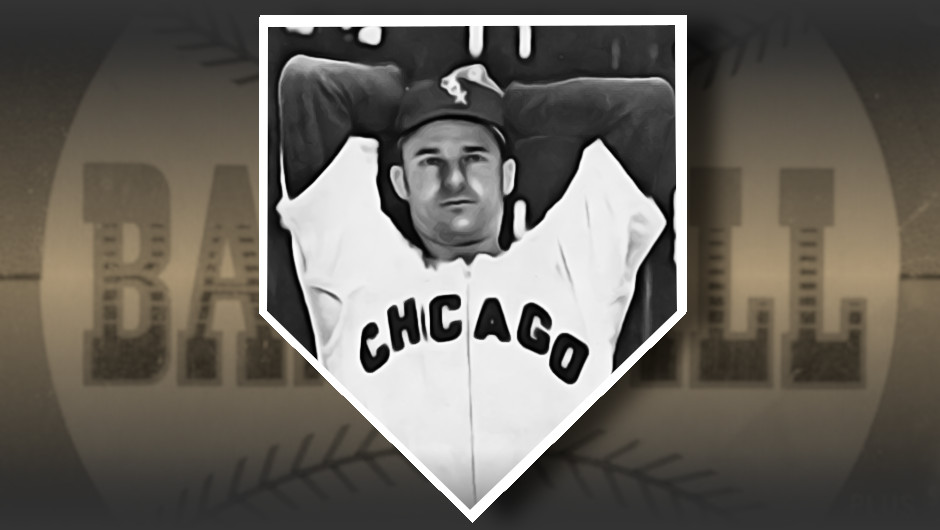The usual career path for professional athletes seems to be: Excel in low level amateur sports; achieve general acclaim as a professional; and transition into a career in sales or teaching physical education. Phillies reliever and 1950 National League MVP Jim Konstanty seems to have gotten his order of operations mixed up. He was a high school PE teacher who competed in semi-pro summer ball long before finding his way to a major league club.

He found his way to the Philadelphia Phillies bullpen in the late 1940s. Having languished near the bottom of the standings for over three decades, the team had rebuilt itself around a core of young talent. In 1949 the team topped the .500 mark for the first time since the Hoover administration and went on to take the pennant in 1950. Collectively known as the “Whiz Kids,” the average age of the team was 26 years and featured many players having career years. The season culminated in a dramatic Dick Sisler walk-off home run and a general agreement among fans that the team was the sports story of the year.
Given the amazing run put together by the Phillies, many sports writers felt a Philadelphia player should take home the National League MVP award. The only problem was no single player seemed to stand out above the others. The starting lineup collectively batted .282 with little deviation for most players. Del Ennis made a good case for consideration by leading the team with 31 home runs and 126 RBIs. Other hitters in the league had larger numbers, so that may have weighed on his chances.
The award committees turned their attention towards pitching, an area that had certainly improved in the past two years. Curt Simmons was fantastic early in the season but missed the championship run due to being drafted into the Korean War. Robin Roberts began the first of six consecutive seasons of pitching 300+ innings but this didn’t seem to reflect the team’s ability to come from behind and win extremely close games in late innings.
Given the above choices, writers turned their attention to Jim Konstanty’s role as a relief pitcher. He started zero games that season and averaged only 2 innings per appearance yet racked up 16 wins. Appearances in 74 games made his name one that fans would have become familiar with as the season progressed, keeping him top of mind. Bullpen use was just starting to creep into the greater consciousness of the sport, making his surging performance more important in the minds of voters. The strange confluence of the Phillies’ season, close games, and Konstanty’s timely high-leverage appearances made him the first (and only) reliever to capture the NL MVP.

Above: Topps highlighted Konstanty’s 1950 MVP award with a card in the 1961 set. The text refers to him as a “reliefer” on the back.










